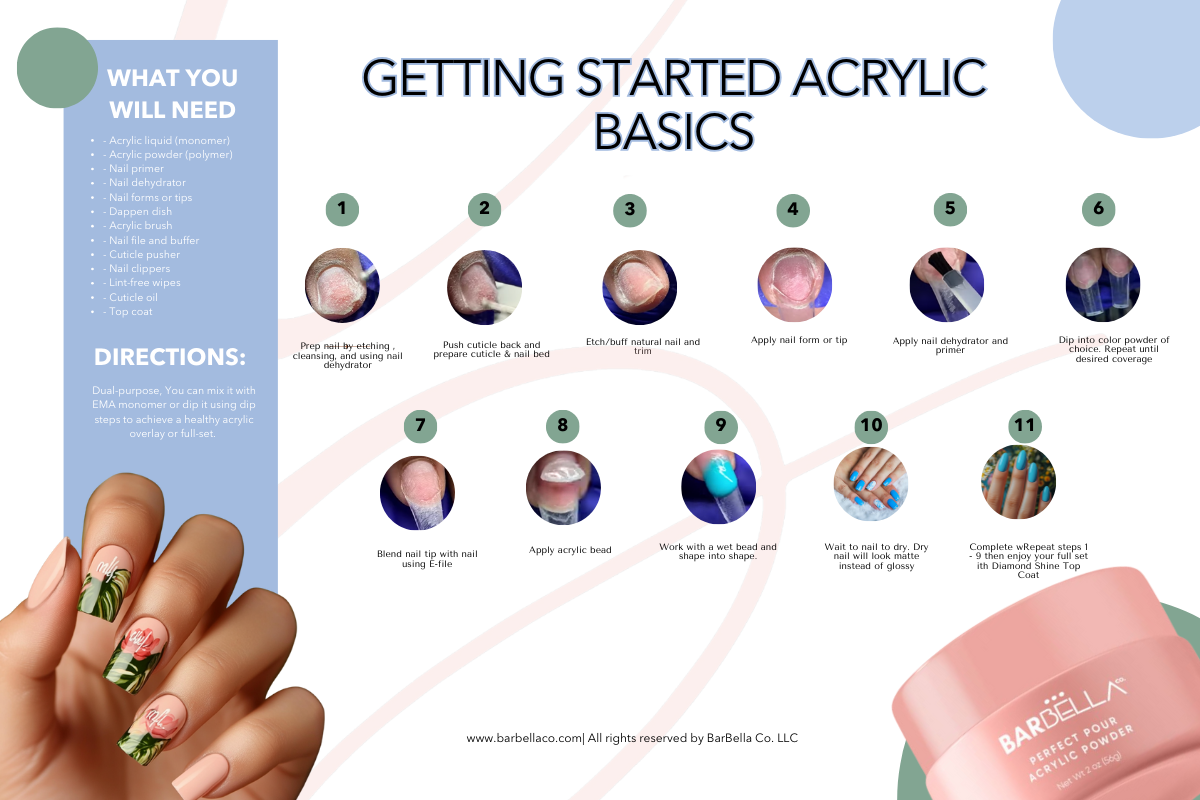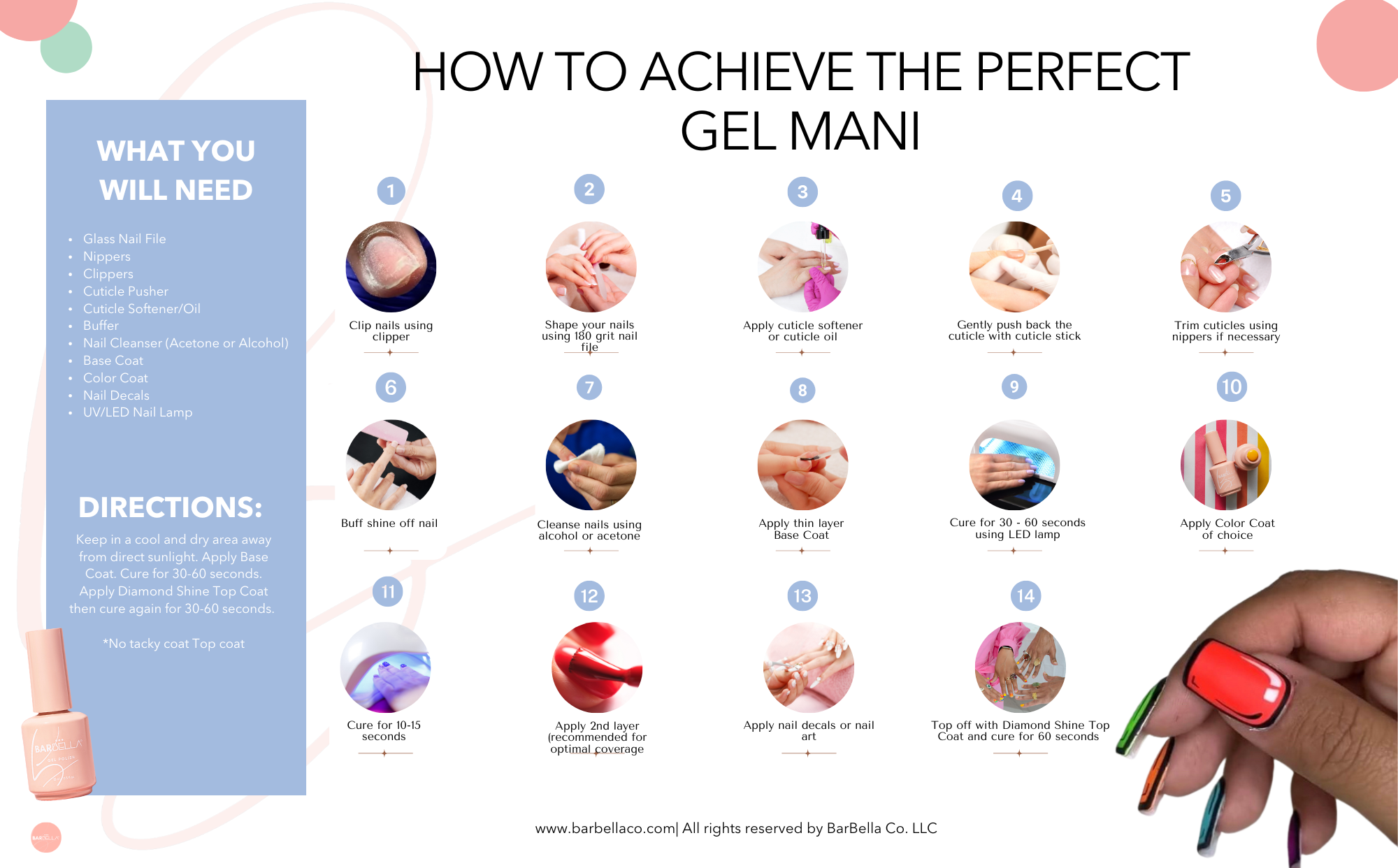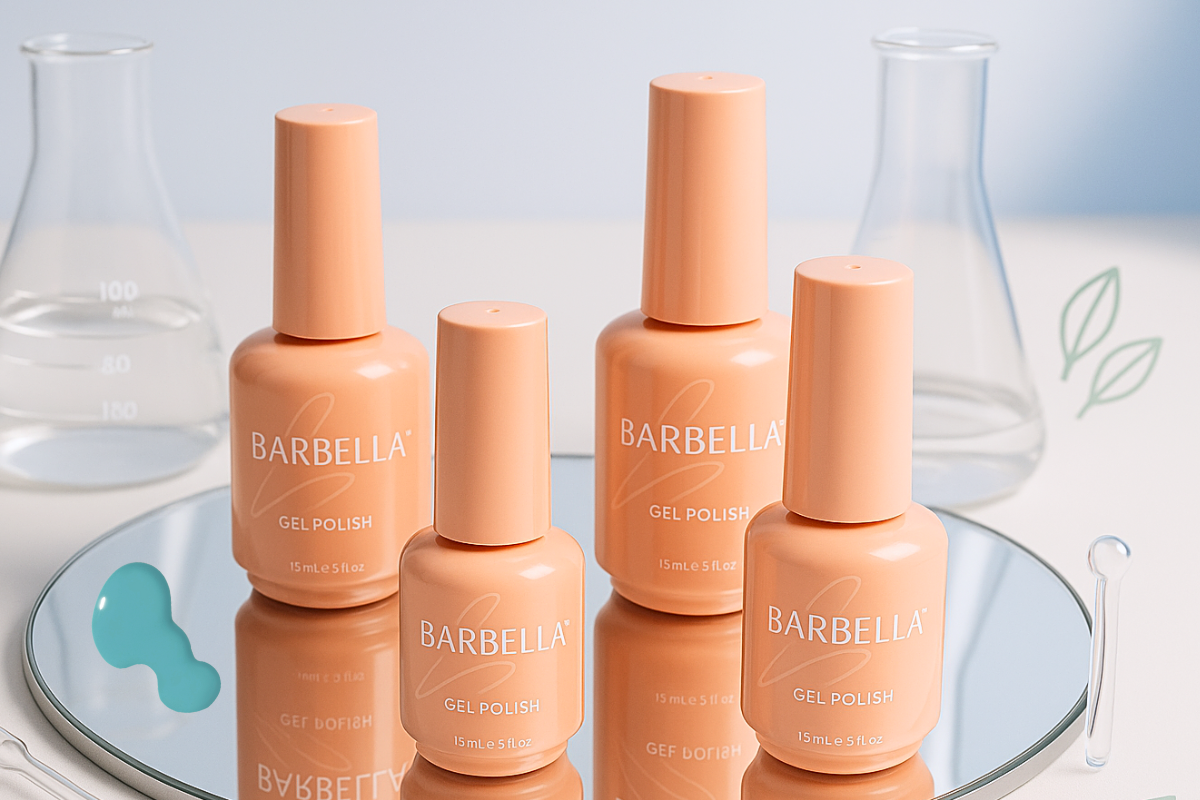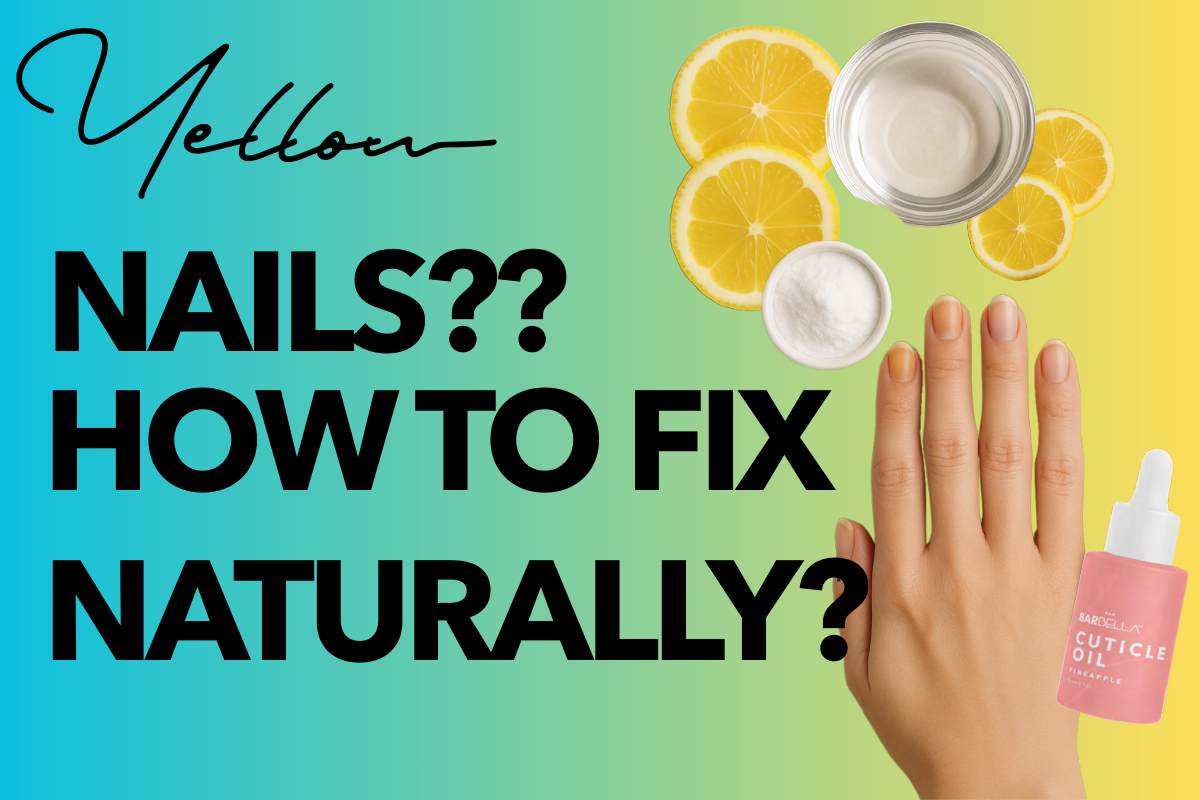Nail Acrylic Application Basics | A Step-by-Step guide for Beginners

Nail Acrylic Application Basics: A Step-by-Step Guide for Beginners
Nail acrylic application is a popular and essential skill for any nail technician or beauty enthusiast. Acrylic nails are known for their durability, versatility, and the endless possibilities for creative designs. Whether you're a professional nail artist or someone looking to perfect your at-home manicure skills, understanding the basics of acrylic application is crucial. In this guide, we'll cover everything you need to know to achieve flawless acrylic nails.
What Are Acrylic Nails?
Acrylic nails are a combination of a liquid monomer and a powder polymer that form a hard, protective layer over your natural nails. This mixture creates a durable surface that can be shaped and designed according to your preferences. Acrylic nails can add length, strengthen weak nails, and serve as a canvas for intricate nail art.
Tools and Materials You'll Need
Before you begin, gather the following tools and materials:
- Acrylic liquid (monomer)
- Acrylic powder (polymer)
- Nail primer
- Nail dehydrator
- Nail forms or tips
- Dappen dish
- Acrylic brush
- Nail file and buffer
- Cuticle pusher
- Nail clippers
- Lint-free wipes
- Cuticle oil
- Top coat
Step-by-Step Acrylic Nail Application
1. Preparation is Key
- Clean Your Nails: Start by removing any old polish or debris from your nails using a nail polish remover.
- Trim and File: Trim your nails to your desired length and shape them using a nail file. Grab your glass nail file
- Push Back Cuticles: Gently push back your cuticles using a cuticle pusher. This helps in creating a clean surface for the acrylic to adhere to.
- Dehydrate Your Nails: Apply a nail dehydrator to remove any natural oils from your nails. This step is crucial for ensuring the acrylic adheres properly.
Etch/Buff natural nail: Gently etch natural nail using 180 grit nail file or efile .
2. Apply Nail Forms or Tips
- Nail Tips: If you want to add length to your nails, glue nail tips to the edge of your natural nails. Trim and shape the tips to your desired length.
- Nail Forms: Alternatively, you can use nail forms. Place the forms under the edge of your natural nails, ensuring they fit snugly.
3. Prime Your Nails
- Apply a thin layer of nail primer to your natural nails. This helps the acrylic adhere better and prevents lifting.
4. Mix the Perfect Pour Acrylic
- Dappen Dish: Pour the acrylic liquid into a dappen dish.
- Brush Technique: Dip your acrylic brush into the liquid, wipe off excess using the side of the dappen dish. Dip acrylic then into the acrylic powder. The mixture should form a small, bead-like consistency on the brush. You can practice acrylic powder ratio using BarBella Co's acrylic practice sheets

5. Apply Perfect Pour Acrylic
- Place the Bead: Start by placing the acrylic bead near the cuticle area, but not touching the skin.
- Spread and Shape: Gently press and spread the acrylic over your nail, working towards the tip. Use smooth, even strokes to create a uniform surface. Pat Pat to lay acrylic flat.
- Build the Apex: The apex is the highest point of the nail, providing strength and structure. Ensure you build a slight curve at the center of the nail.
6. Shape and File
- Once the acrylic has dried (usually takes a few minutes), use a nail file to shape and refine the edges of your nails. Smooth out any bumps or uneven areas with a e-file.
7. Finishing Touches
- Buff and Shine: Buff the nails to remove any remaining imperfections and achieve a smooth surface.
- Diamond Shine Top Coat: Apply Diamond Shine Top coat to seal and protect your acrylic nails.
- Cuticle Oil: Finish by applying cuticle oil to nourish your cuticles and maintain healthy nails.
Tips for a Perfect Acrylic Application
- Work in a Well-Ventilated Area: Monomer used in acrylic application emits a an odor, so it's important to work in a space with good ventilation.
- Practice Patience: Acrylic application requires practice and patience. Don’t rush the process. Keep practicing and getting better
- Avoid Skin Contact: Ensure the monomer does not excessively touch your skin, as this can cause lifting.
Mastering the basics of acrylic nail application opens up a world of possibilities for creating stunning, long-lasting manicures. With the right tools, techniques, and a bit of practice, you'll be able to achieve professional-looking acrylic nails at home. Remember, the key to beautiful acrylic nails is preparation, precision, and patience.
---
For more tips and tricks on nail care and beauty, subscribe to our blog and stay tuned for upcoming tutorials!




Comments